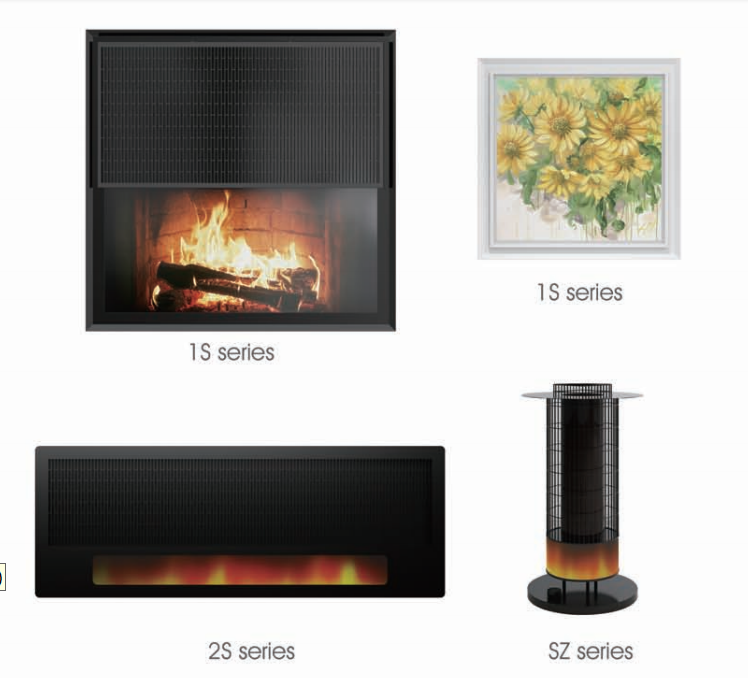A graphene radiator is a modern heating solution that leverages the exceptional thermal conductivity and unique properties of graphene. Graphene is a single layer of carbon atoms arranged in a two-dimensional honeycomb lattice. It offers outstanding heat conduction, strength, and flexibility, making it ideal for advanced thermal management systems, such as radiators.

Key Features of a Graphene Radiator:
- High Thermal Conductivity:
Graphene’s thermal conductivity is significantly higher than traditional materials used in radiators, such as copper or aluminum. This allows graphene radiators to efficiently dissipate heat, ensuring even and rapid heating throughout a room. - Energy Efficiency:
Due to its excellent conductivity, graphene radiators can operate at lower energy consumption compared to conventional systems. This makes them more energy-efficient and environmentally friendly. - Lightweight and Slim Design:
Graphene is incredibly lightweight and thin. A graphene radiator can be designed to be ultra-slim and lightweight while still providing the same, or better, heating performance as bulkier traditional radiators. - Fast Heating Response:
The high thermal conductivity of graphene means that these radiators heat up quickly and respond instantly to changes in temperature settings. This reduces warm-up times and ensures consistent comfort. - Uniform Heat Distribution:
Graphene’s uniform atomic structure allows it to distribute heat evenly across its surface. This helps eliminate hot spots or uneven heating often associated with older systems. - Durability and Longevity:
Graphene is extremely strong and resistant to wear, corrosion, and damage. This means graphene radiators tend to have a longer lifespan and require less maintenance than those made from traditional materials. - Environmentally Friendly:
The energy efficiency, combined with the ability to integrate graphene into sustainable manufacturing processes, makes graphene radiators an eco-friendly choice. They contribute to reducing carbon emissions and overall energy consumption. - Design Flexibility:
Graphene radiators can be designed in various shapes and sizes to fit aesthetic preferences, offering greater flexibility for modern architectural designs. This allows for sleeker and more stylish installations compared to traditional radiators.
Applications:
Graphene radiators can be used in various settings, including residential, commercial, and industrial buildings. Due to their lightweight nature and design flexibility, they can be integrated into walls, floors, and even furniture, offering innovative heating solutions for energy-efficient buildings.
In summary, a graphene radiator combines cutting-edge material science with practical heating technology, providing superior thermal performance, energy savings, and long-term durability compared to traditional heating systems.

